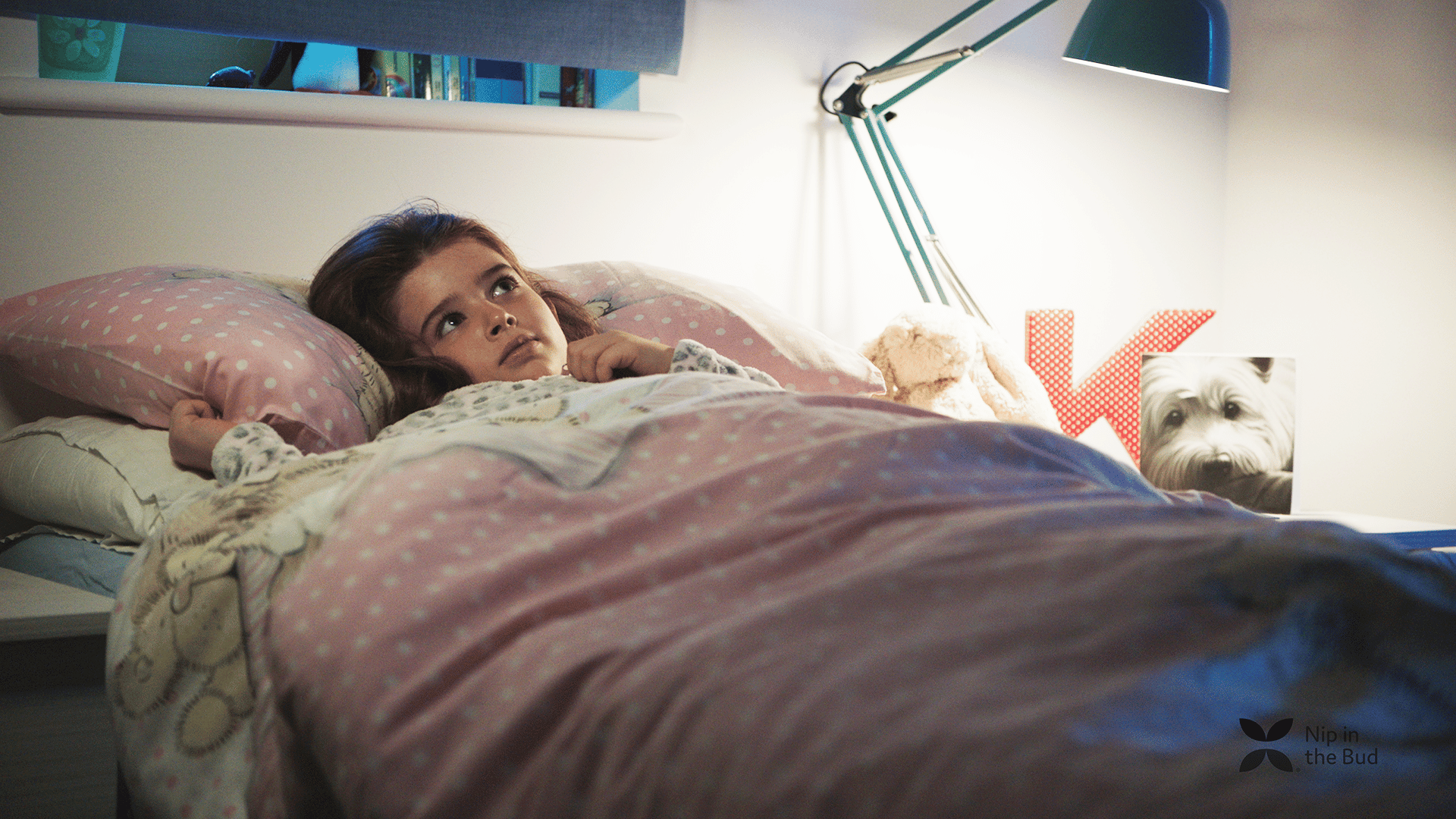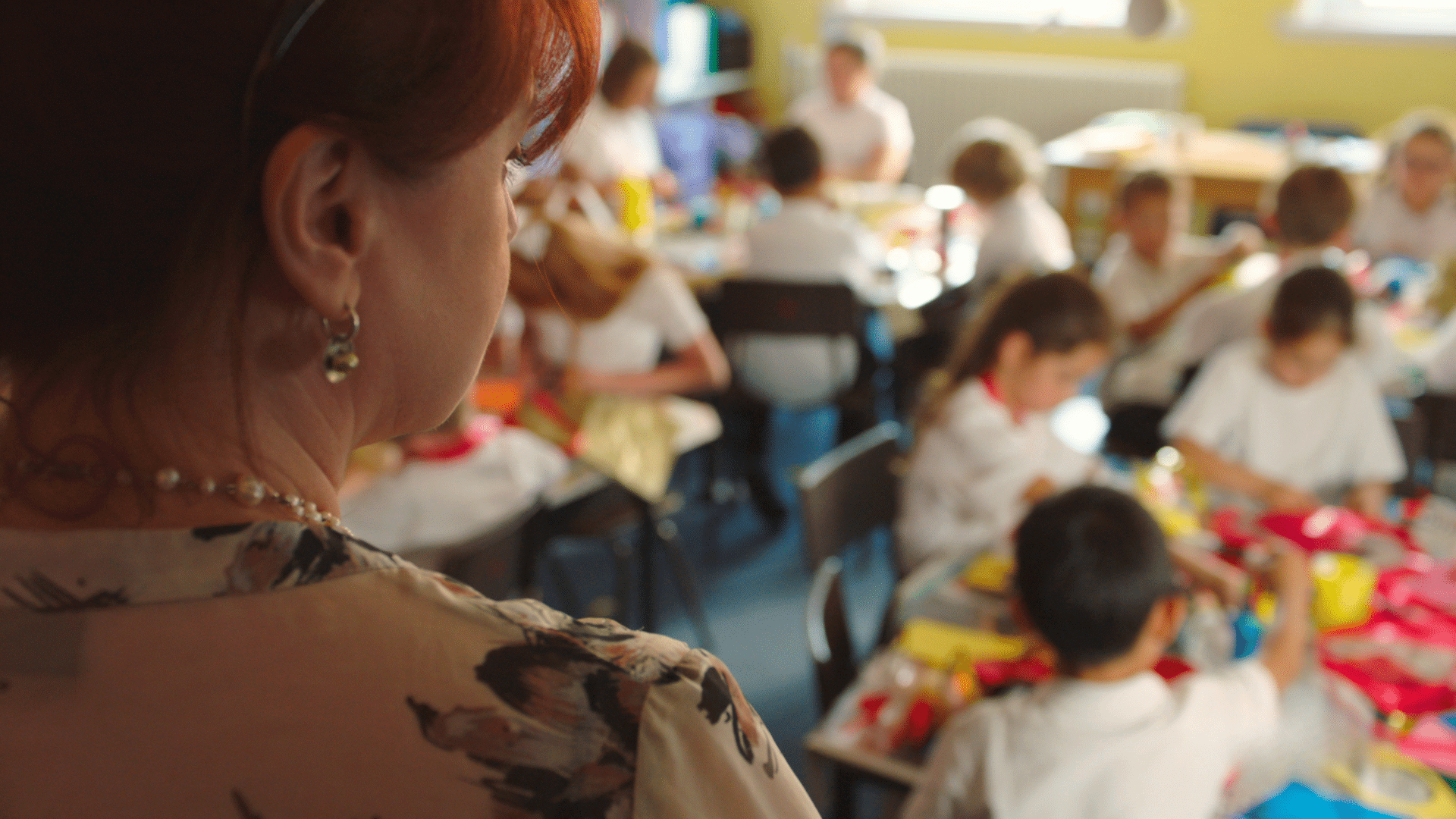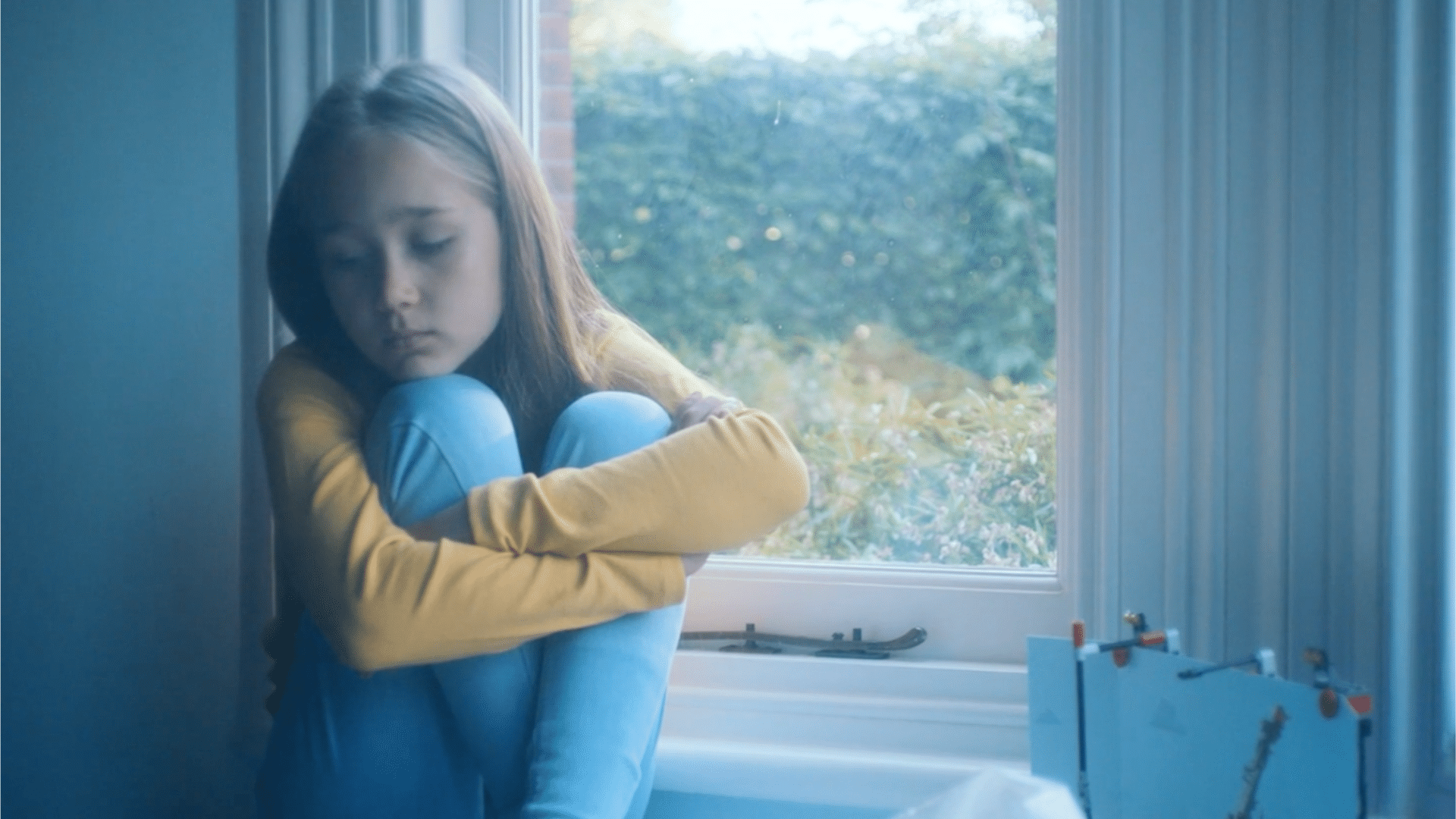
Anxiety can look and feel different for each child, particularly if they have a pre-existing mental health or neurodevelopmental condition.
Sunday ‘Scaries’ or Sunday Syndrome
It’s common for both children and adults to experience anxiety on a Sunday evening. This makes Sundays an ideal time to slow down our bodies and minds, to take a moment to reflect on our mental health, and to check in with any children or young people in our lives.
As we start to mentally prepare for a busy or uncertain week ahead, we might experience repetitive or uncontrollable thoughts, or a sense of dread that something bad will happen. Although many of our worries for the future will never come true, our minds and bodies can respond as if they are happening in the moment. These feelings can be overwhelming, and understandably we can start to avoid the thoughts or situations that make us feel this way.
Even if children enjoy school and their other weekday pastimes, they still have so much to navigate during the week. While some worries might be more obvious, children can also face debilitating challenges from seemingly benign activities, like wearing a uniform or going to the toilet at school. Other children might feel that they are unable to be themselves or fit in, but don’t have the words to express these complex feelings.
Everyone experiences anxiety, and in certain situations this can play a helpful role in helping us to focus, or knowing when we need to take action. However, although anxiety can go away on its own, it can also be a signal that something else is going on in a child’s life which needs addressing. If you notice that a young person is showing signs of anxiety every Sunday around the same time, it may be that this is related to their school or weekday activities.
Signs a child might be struggling with anxiety:
Common physical symptoms of anxiety include worrying, difficulty eating or sleeping, a persistent stomach ache, or going to the toilet too often. Other signs may be less easy to interpret, and children might get angry, cry or feel out of control. You can read about how to recognise the symptoms of anxiety in children on our helpful factsheet.
Some of these behaviours might be challenging and difficult to understand, but it’s important to not treat an anxious child like they are doing something wrong. Some children can mask their feelings, especially if they are afraid of getting in trouble or being embarrassed. Helping them gain an understanding of why they are anxious and what is happening in the body may also help them have a sense of agency. If you want to learn more, watch these films on our website.
What next?
It can be very hard for a child to talk about their feelings; they might be embarrassed or have trouble finding the right words. They might not know how common anxiety is, and may even feel that there is something wrong with them. If words are difficult, you could facilitate other opportunities for self-expression, such as drawing, baking, music or movement, which could help regulate overwhelming feelings. You could also explore the tips in our films on Emotional Wellbeing by Headteacher and Educational Consultant, Alis Rocca.
Anxiety can look and feel different for each child, particularly if they have a pre-existing mental health or neurodevelopmental condition. Looking out for patterns of anxiety can help to understand what a child is feeling, what they need in that moment, and when to seek extra help.
Sign up for our term-time emails to receive educational films, factsheets and blogs to support young people’s mental health and neurodiversity. If you are concerned about a child, please see our Where to Get Help page.





